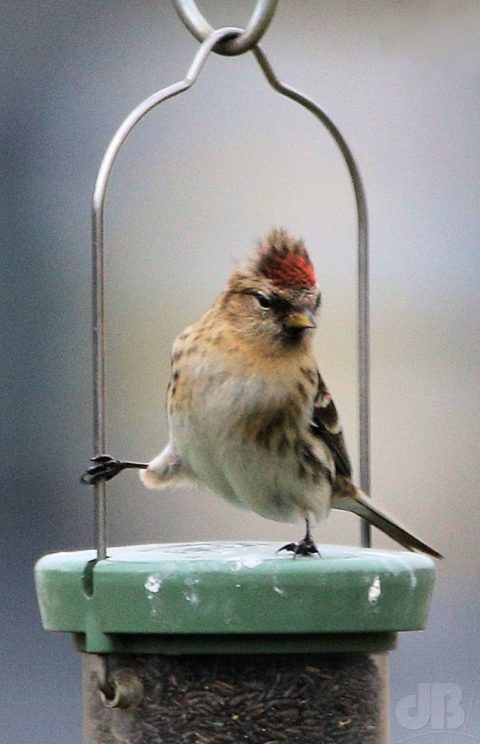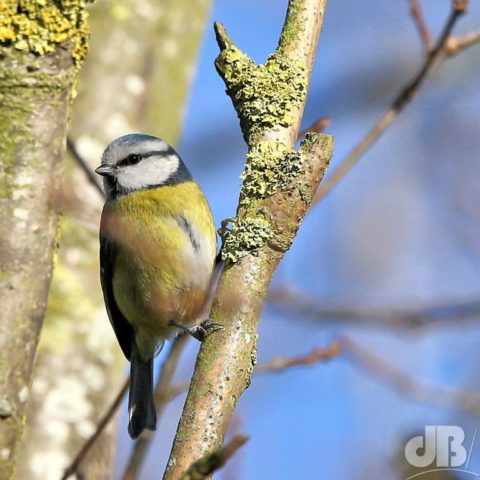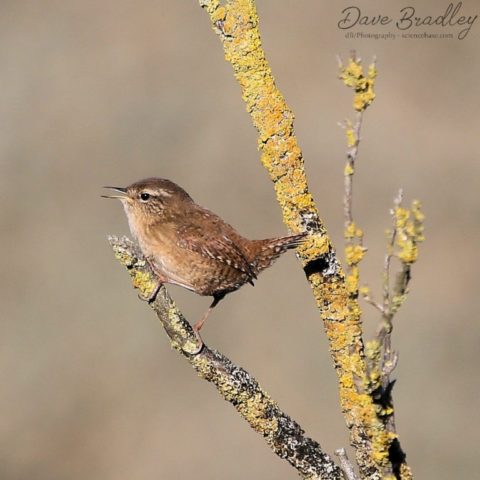I seem to have inadvertently duplicated this article and then edited it. The original with my garden “list” can be found here.
Reader John S asked me to put together a report on the topic of what birds we are likely to see in our gardens here in the village of Cottenham a few miles north of Cambridge. I suspect there are a few of you who will have spent an hour back in January counting species for the RSPB’s Big Garden Birdwatch and so hopefully there are others would be interested to know what they might see.

Of course, which of our feathered friends turns up in your garden is down to many different factors, the size and layout of your garden, tree and other plant species, the presence of cats, whereabouts you are relative to patches of woodland, farmland, and whether or not the visitors find a useful supply of food in the form of berries on your bushes, seed feeders and bird tables, coconut shells full of suet, and whatever else you might put out to attract them.

Some birds will arrive in great numbers to feast on fatballs for instance. Most of us have been perplexed to see expensive fatballs disappear in a matter of minutes when a flock of starlings turn up. Other food, such as nyjer seeds in a specialist feeder will draw in Goldfinches and occasionally for some Redpolls. Sunflowers seeds with the husk intact, sometimes referred to as black sunflower hearts, will keep Greenfinches, Blue Tits, Great Tits, Coal Tits, and Long-tailed Tits busy, and if the nyjer seeds run out the Goldfinches too.

Robins, Blackbirds, Wood Pigeons, Collared Doves, Dunnocks, will spend much of their time pecking around under the feeders, although the Blackbirds will join Mistle and Song Thrushes plucking insects from the lawn. And, Thrushes will famously grab snail shells and smash them on the ground to get at the occupant. If it’s very cold out on the farmland, the winter thrushes – the Fieldfares and Redwings – will come into the warmer more urban areas and attempt to snaffle berries from your bushes and trees much to the consternation of the Blackbirds who will attempt to make them flee.
You might also spot Bramblings during the winter. They are another finch resembling the Chaffinch but brighter and more orange colours. I have heard from people on Broad Lane who see them in their gardens occasionally, but they are more likely to be elsewhere.
Unusual but increasingly common in the winter are Blackcaps, a type of warbler normally considered a summer visitor, but turning up in our gardens from Germany and Eastern Europe rather than heading to the Iberian Peninsula and North Africa. Speaking of summer, by the time you read this birds that you might see above your garden or heading into your eaves may have started to arrive: House Martins first, then the Swallows that don’t necessarily a summer make, and finally the Swifts. Listen out for Cuckoos too. Certainly houses on The Green backing onto farmland have regular cuckoos visiting for the breeding season.
If you have ants among your plants, you might see Green Woodpeckers, also known as Yaffles for their scoffing call in flight. Ants are the Yaffle’s staple diet, so hold off the powder if you want to see them pecking at the ground in your garden. And, speaking of woodpeckers, there are quite a few Great Spotted Woodpeckers around, which will often come to garden feeders. Of course, if you’re attracting lots of small songbirds to your garden you might also attract predators including Sparrowhawks and less obviously egg-eating Magpies, and chick-chomping Jays. Great Spotted Woodpeckers will also peck into birdboxes to eat baby Blue Tits and the like.
Another reader, Diana S, also pointed out that she’d had Reed Buntings in her garden and had seen Little Grebe and Teal on the reedy pond at the back of her housing estate.